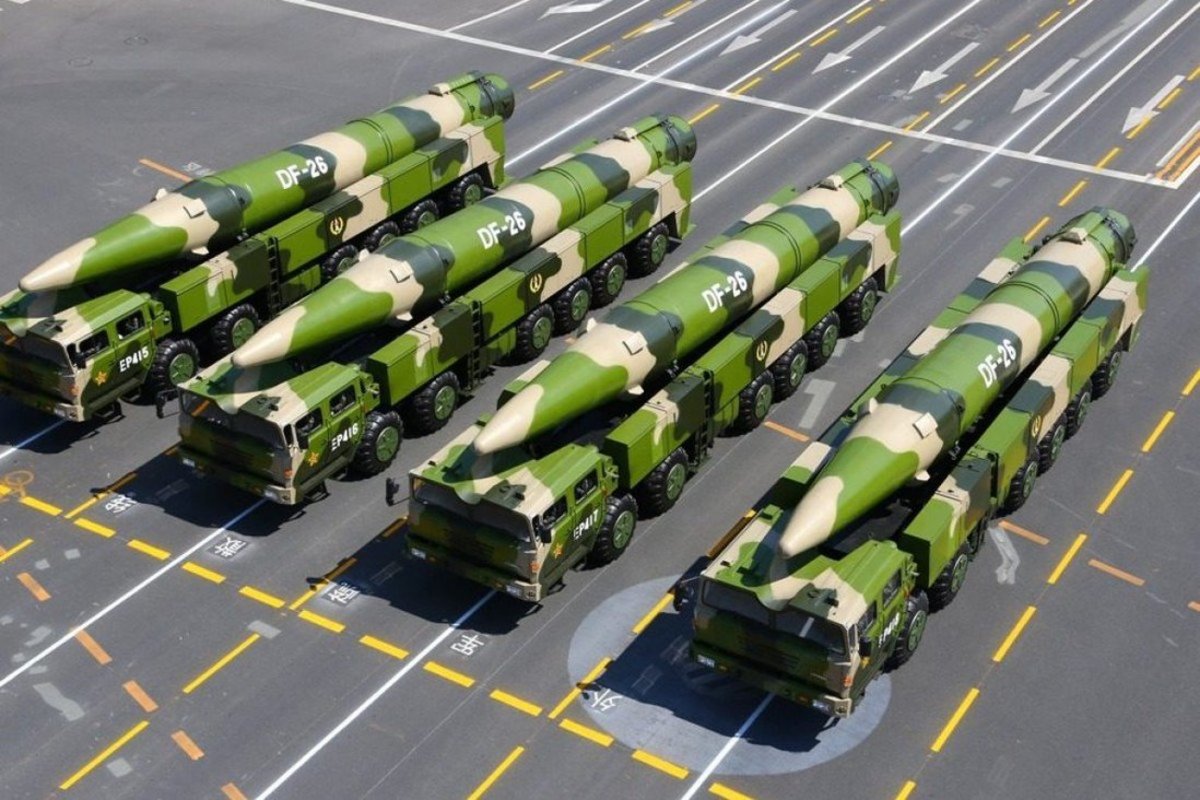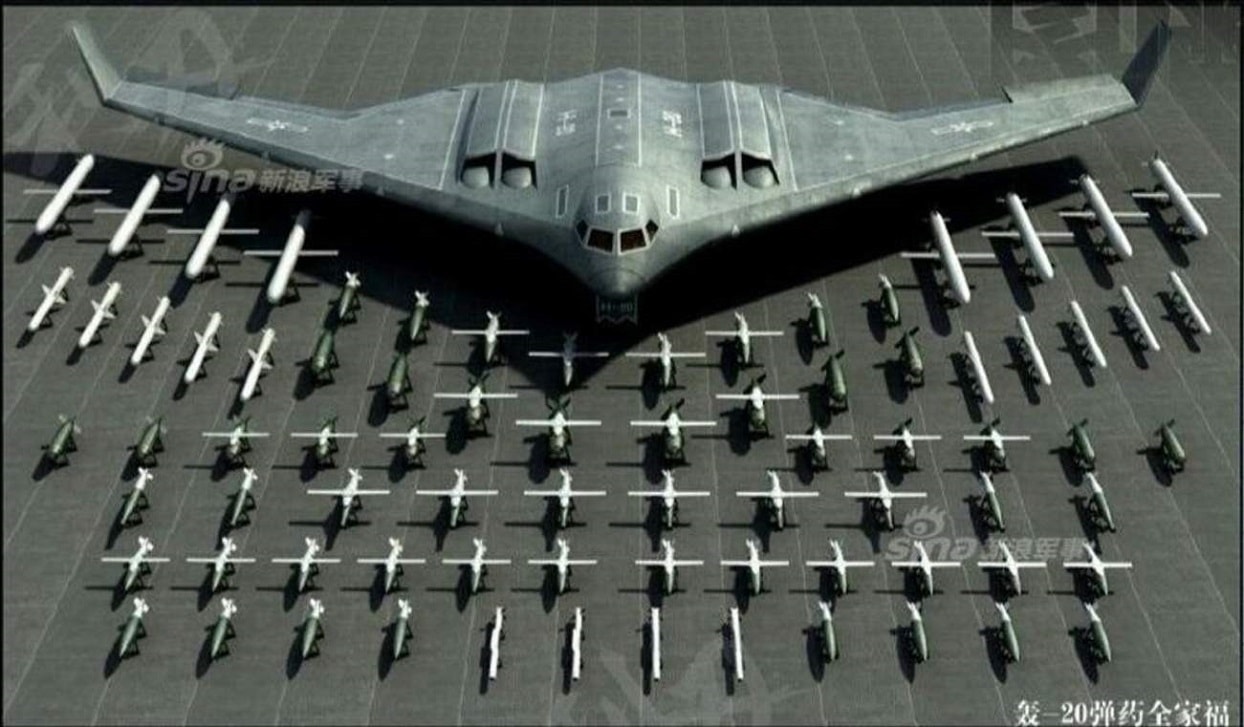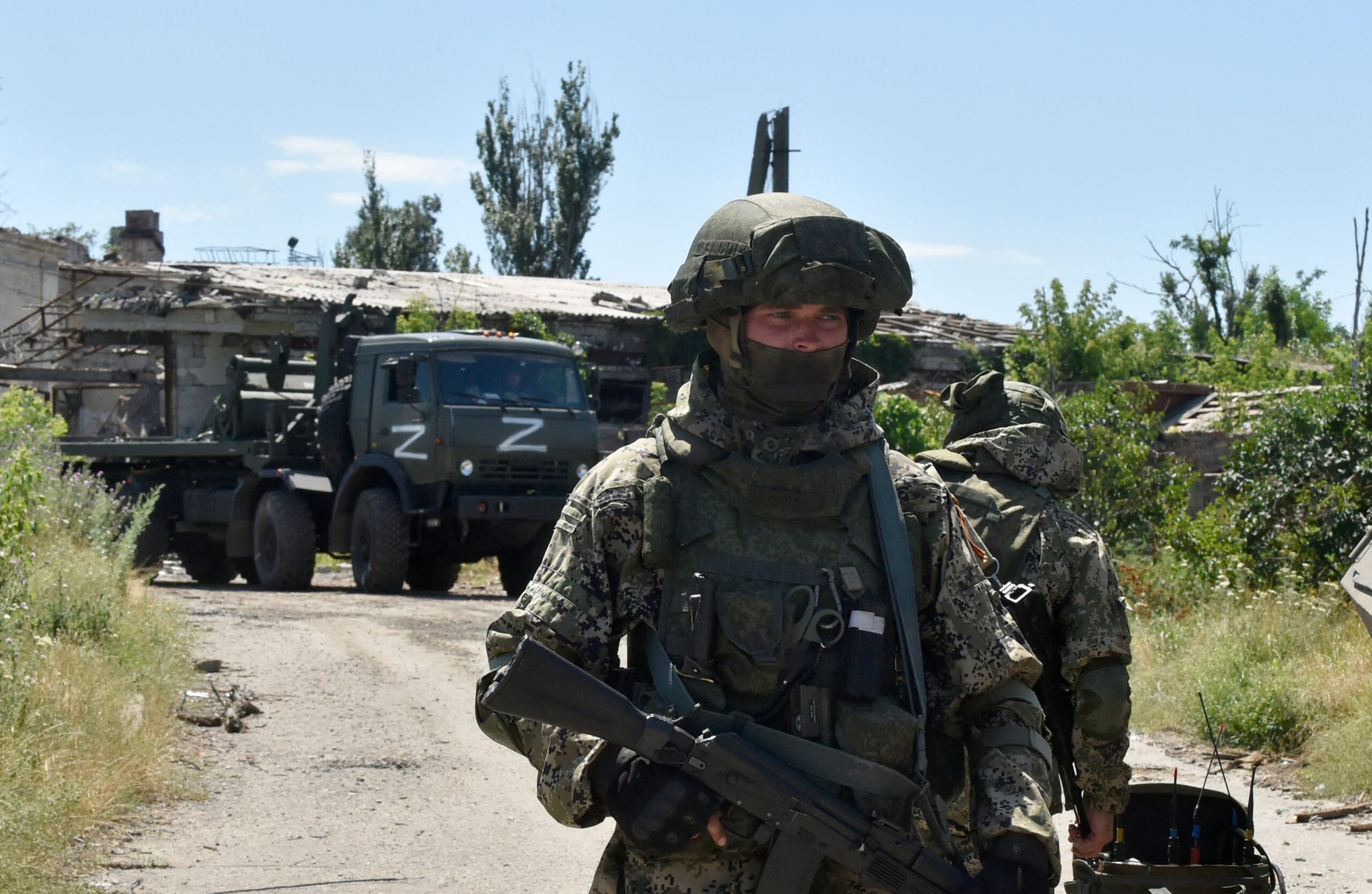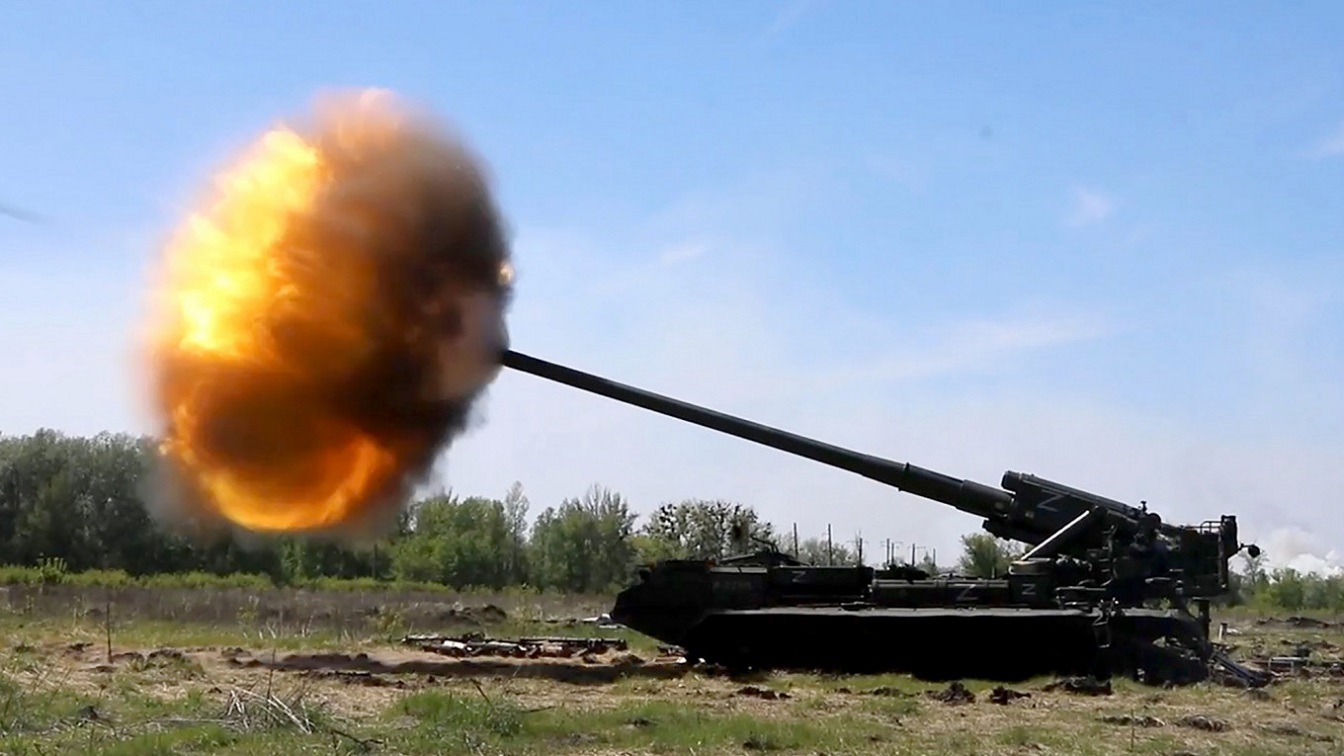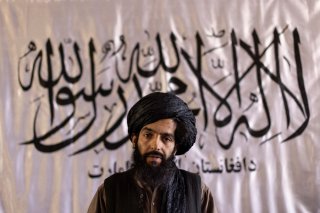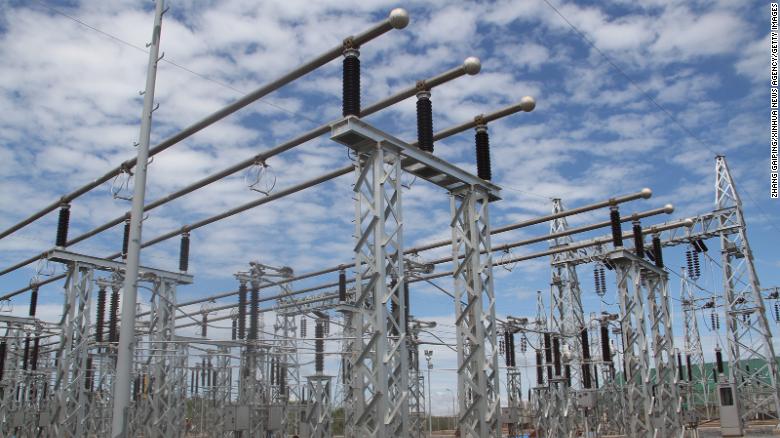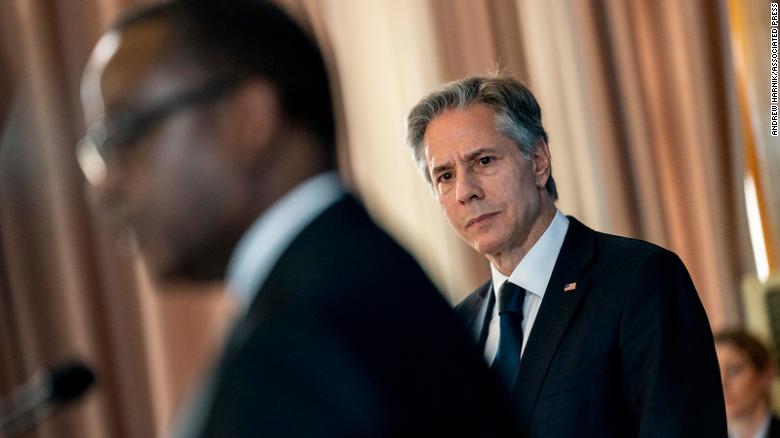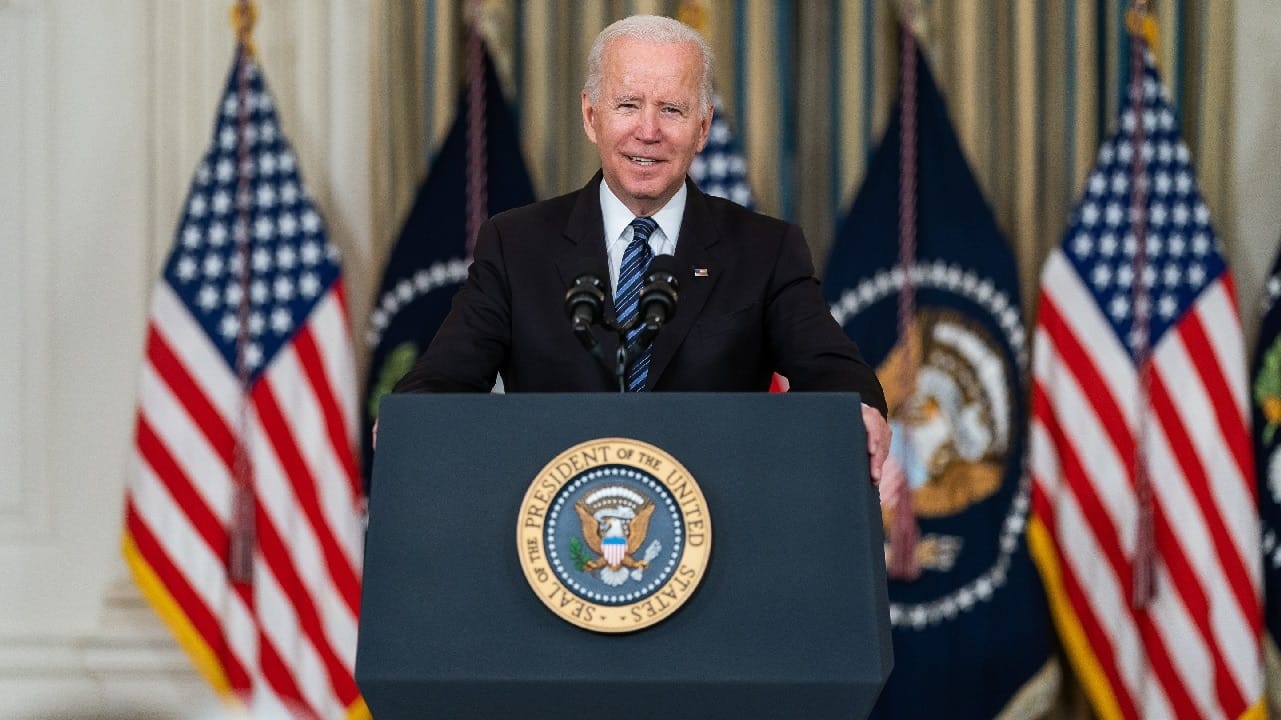Simone McCarthy
Hong Kong (CNN)As US President Joe Biden and top American officials traveled the world this summer, promoting a pledge of hundreds of billions of dollars for poorer countries, a largely unspoken motivation loomed in the background: competition with China. For nearly a decade, Beijing's sprawling overseas development initiative, known as the Belt and Road, has poured billions of dollars into infrastructure projects each year -- paving highways from Papua New Guinea to Kenya, constructing ports from Sri Lanka to West Africa, and providing power and telecoms infrastructure for people from Latin America to Southeast Asia.
In June, Biden and leaders from the Group of Seven advanced economies promised to unleash $600 billion in investment -- $200 billion of that from the US alone -- by 2027 to "deliver game-changing projects to close the infrastructure gap" between countries.
This month, US Deputy Secretary of State Wendy Sherman visited the South Pacific, promoting a new partnership to bolster support for island nations, while US Secretary of State Antony Blinken announced a plan aimed at Africa.
"We've seen the consequences when international infrastructure deals are corrupt and coercive, when they're poorly built or environmentally destructive, when they import or abuse workers, or burden countries with crushing debts," Blinken said during a visit to Pretoria, where he revealed the White House's new "Sub-Saharan Africa Strategy."
"That's why it's so important for countries to have choices, to be able to weigh them transparently, with the input of local communities without pressure or coercion," he said in an apparent reference to common criticisms of Chinese-funded projects.
The challenge from the United States comes at a precarious time for China's Belt and Road. Even as the initiative has had an impact on a number of countries, funding shortfalls and political pushback have stalled certain projects, and there is public concern in some countries over issues like excess debt and China's influence. Accusations that Belt and Road is a broad "debt trap" designed to take control of local infrastructure, while largely dismissed by economists, have sullied the initiative's reputation.
Economic challenges at home and a changing financial environment globally also have the potential to impact how China's lenders and policymakers deploy funds, analysts say.
All this may create an opportunity for Washington to step forward and work with willing partners in need of financing. But major questions hang over the extent to which the US can deliver, both in terms of mobilizing billions and driving infrastructure -- areas in which China has long excelled.
Boom or bust?
Since its official launch in 2013, early in the first term of Chinese leader Xi Jinping, funds under the initiative have powered the construction of bridges, ports, highways, energy and telecoms projects across Asia, Latin America, Africa and parts of Europe.
To do this, China has relied on lending, with capital often coming not only from its development banks but state-run commercial lenders -- a stark difference to the American model that's been largely based on official aid.
On average, during the first five years of the initiative from 2013 to 2017, China spent about $85 billion financing overseas development projects per year, more than twice as much as any other major economy, AidData, a research lab at William & Mary in the US, which tracks this spending from Chinese government institutions and state-owned entities, said in a 2021 report.
And while funding has been welcomed by countries around the world, it has also come with problems.
"We find that 35% of (Belt and Road) projects are suffering from some sort of implementation challenge," said research scientist Ammar A. Malik, who heads AidData's Chinese Development Finance Program. He said those issues include environmental incidents, corruption scandals and labor violations, and the 35% figure refers specifically to projects implemented solely by a Chinese entity.
AidData has also reported on what it terms "hidden debts," referring to cases where the recipients of Chinese loans are entities like private or project companies, not governments themselves, but the terms of the loan require the host government to guarantee it. This can ultimately pass liability to them for repayment if the borrowers fall short, the researchers say.
China has pushed back on assertions of risky lending or environmental issues in its projects, pointing to its "green" initiatives and saying "such allegations do not reflect the whole picture."
Uganda's Chinese-funded Karuma hydropower plant, pictured here in 2020, remains under construction after set-backs due to Covid-19.
Another question concerns the direction of the initiative, especially as China's own economy flags amid a mortgage crisis and Covid-19 lockdowns, while many developing countries are struggling with rising debt and inflation -- making lending a potentially riskier proposition.
Beijing has said it remains dedicated to the initiative, with its top diplomat Yang Jiechi at a trade forum on August 14 calling for Belt and Road to "promote the early recovery and growth of the global economy."
But while tracking investments across a wide range of players, and without a central, public Belt and Road data source, is difficult work, there are signs that China's efforts, especially big-ticket projects, have been slowing in recent years and since the pandemic.
For example, according to data from the Boston University Global Development Policy Centre, Chinese loans to Africa dropped 77% from $8.2 billion to $1.9 billion from 2019 to 2020.
"Potential reasons for this decrease include the Covid-19 pandemic's deterioration of economic conditions in host countries and a lack of host country demand due to fiscal constraints and debt issues. Limited travel and suspension of several (Belt and Road) projects may have also contributed to preventing financial deal closing," said data analyst Oyintarelado Moses of the center's Global China Initiative.
"Before the pandemic, Chinese policy bank finance was already on the decline. The pandemic appears to have accelerated this trend," she said, adding Chinese institutions would now "take stock" of their strategies.
More time may be needed to observe whether Belt and Road infrastructure financing has peaked, and to assess the performance of the initiative overall, others say.
"The (initiative) is not even a decade old yet. Labeling it a failure because of delayed or distressed projects would be premature and simplistic, as would deeming it a success for Chinese global influence," said Austin Strange, an assistant professor of international relations at the University of Hong Kong.
Build Back Better?
The US is already the world's top donor of aid for developing countries. But whether it can mobilize its private sector and a recently revamped development finance arm, known as the US International Development Finance Corporation, to rival China as an infrastructure financier is another question.
The G7 initiative, originally announced in 2021 under the name Build Back Better World, has gotten off to a slow start, analysts say. The leaders only formally launched the initiative -- now called the Partnership for Global Infrastructure and Investment -- in Germany this summer. In addition to the US pledge of $200 billion from grants, federal financing, and private sector investments, the White House promised the project would "demonstrate how millions of dollars can mobilize tens or hundreds of millions in further investments and tens or hundreds of millions can mobilize billions."
But unlike Beijing's model, where state-run entities play a key role, the US has no such ability to determine the size and scope of investments made by its private sector, analysts say.
The US also doesn't have the same kind of domestic dynamics, such as excess capacity in the industrial sector, which made the Belt and Road an ideal outlet for the Chinese economy and enabled it to launch projects quickly.
"This is not the first time that expectation has been built, but it's going to be quite challenging to get private companies to finance (projects) because at the end of the day, they're accountable to their shareholders and they want projects that are bankable," said AidData's Malik.
But while US private companies will be looking to return a profit, the plan does have the potential to open up opportunity for the US and partners in developing countries, particularly in certain sectors, analysts say.
US Secretary of State Antony Blinken listens as Rwanda's Minister of Foreign Affairs Vincent Biruta speaks during a news conference in Kigali, Rwanda on August 11.
One reason is that US appears poised not to compete with China on the kinds of signature big-ticket items like bridges and railroads its known for, or to seek to push countries to choose it or China -- a choice few would likely be willing to make.
Instead, it could use its own model of public-private finance and focus on areas where it may have competitive advantages, analysts say, with Biden laying out energy security and climate resilience, information and communications technology projects, as well as infrastructure that promotes gender equality and strengthens health care systems, as areas of focus.
However, the US and its partners will need to do more than in the past to become "strong alternative sources of investment" chosen by partner governments over China, according to Moses at Boston University, who added US strengths in regulatory standards, transparency and environmental or social safeguards could appeal to some partners.
The US may also need to face perceptions that it retreated from Africa after the end of the Cold War, only to return when there is another great power rivalry at play, according to Christopher Isike, director of the African Center for the Study of the United States at South Africa's University of Pretoria.
"When these initiatives come, like (the US' new "Sub-Saharan Africa Strategy") people are skeptical," he said.
However, governments on the continent would welcome more sources of funding to meet shortfalls, and there is a perception that the US is more transparent and has an advantage when it comes to soft power, according to Isike.
As that great power competition returns to Africa, the question, he said, should not be whether or how countries would choose between the US or China, but if African governments "would be ready to leverage the benefits of having this kind of contest."

